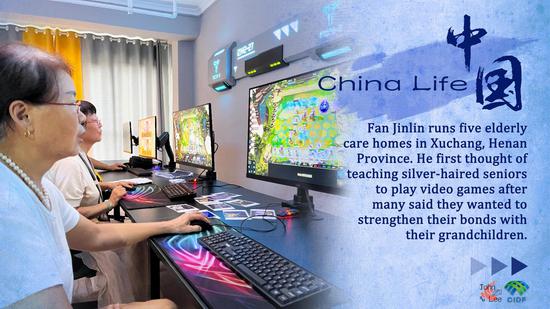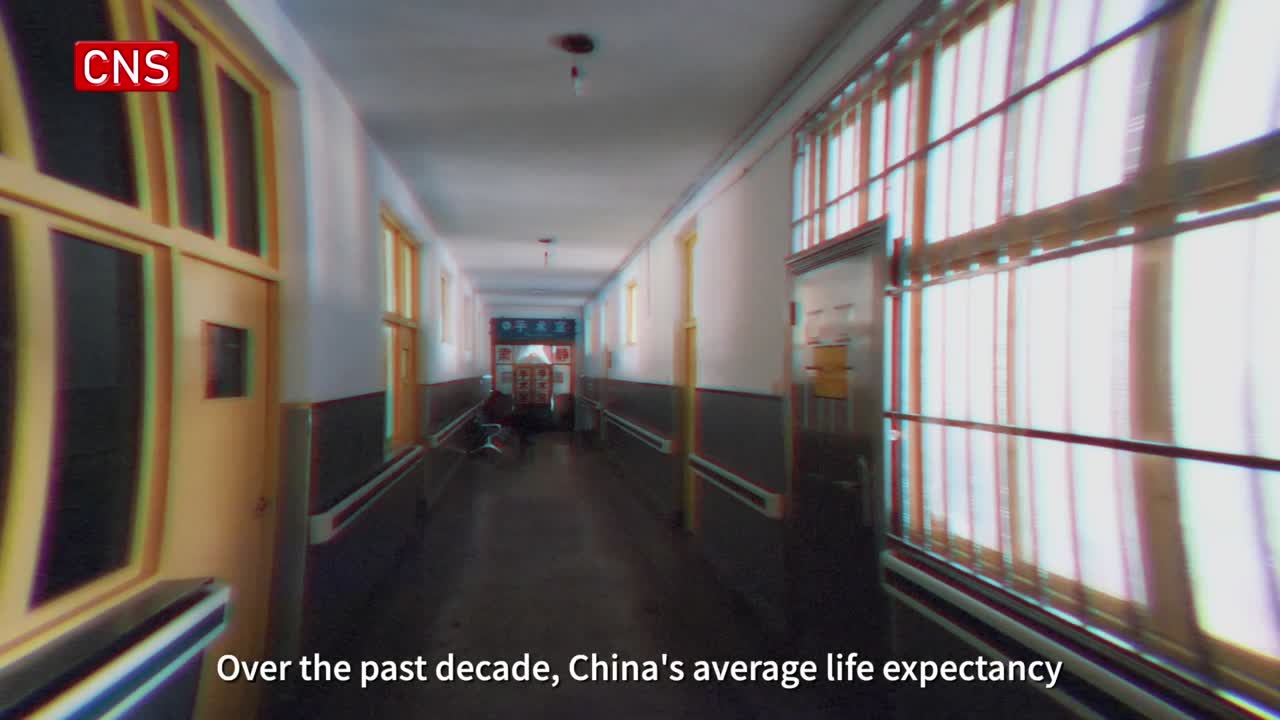
Epidemic control workers check a truck driver's temperature, travel history and nucleic acid test result in Minle county, Gansu province, on Thursday, as part of transportation health measures. (CHINA DAILY)
The State Council's Joint Prevention and Control Mechanism reiterated its commitment to cracking down on COVID-19 control malpractices on Saturday, and urged localities to rectify improper implementation of the 20 recently adjusted measures to improve epidemic control.
Some local governments have taken overt measures, such as ordering widespread lockdowns, and some have displayed a lax attitude toward the disease. Both approaches are wrong, according to the mechanism.
Arbitrarily imposing extra COVID-19 restrictions and other problems that have emerged following the release of the 20 adjusted measures on Nov 11, must be firmly addressed, it added.
Wang Liping, a researcher at the Chinese Center for Disease Control and Prevention, said that the adjusted measures not only require local officials to cope with outbreaks in a more scientific manner, but also guide them to be more considerate in implementing them.
"We've laid out very clear provisions, so as to resolve problems in community management and secure the basic livelihoods of affected residents," she said in an interview with China Central Television on Saturday.
Wang said the National Health Commission and the National Administration of Disease Prevention and Control have sent working groups to urge and guide localities on the strict implementation of the ninth COVID-19 control protocols and the 20 adjusted measures. More resolute measures are also being urged to curb rising infections.
To try and guarantee rigorous enforcement of the new measures, Hefei, capital of Anhui province, has released a list of 16 provisions. They include trying to ensure the normal functioning of social service centers, logistics parks and markets during outbreaks by rotating shifts of workers. Door-to-door services for people quarantined at home have also been strengthened.
In Chengdu, capital of Sichuan province, elderly care facilities in the city's Jinjiang district have been supplied with first aid vehicles to ensure that seniors have access to prompt treatment.
"We have sent two supervision teams daily to inspect irregular implementation of new COVID-19 prevention and control measures at elderly care facilities — as well as potential fire safety and food safety risks — and urge quick rectification," said Tang Haiyan, head of the district's civil affairs bureau.
Guo Yanhong, director of the National Health Commission's health emergency response department, said on Sunday that hospitals in virus-hit areas should not be shut down casually, especially departments for first aid, dialysis, surgeries, births and intensive care.
The domestic epidemic situation remains severe and complicated, with the Chinese mainland reporting 3,648 local confirmed infections and 35,858 local asymptomatic infections on Saturday, according to the commission.
Wang, the China CDC researcher, said the key to fighting the highly transmissible Omicron variant is promptly and precisely detecting infections in communities, tracking close contacts and designating at-risk areas during the initial phase of an outbreak.
"Epidemiological investigators, transport staff and nucleic acid testing personnel should cooperate and exchange information, so as to grab the golden window of opportunity of 24 hours to prevail over the virus," Wang of China CDC said.
In addition to the 20 adjusted measures, Wang said the mechanism has also released four technical guidelines to standardize nucleic acid testing protocols, which requires launching mass screening in the first three days of a lockdown of high-risk areas.
After completing one round of testing in an area, disease control workers must wait until at-risk people are transported to designated COVID-19 or makeshift hospitals before initiating the next round, she said.


















































 京公网安备 11010202009201号
京公网安备 11010202009201号